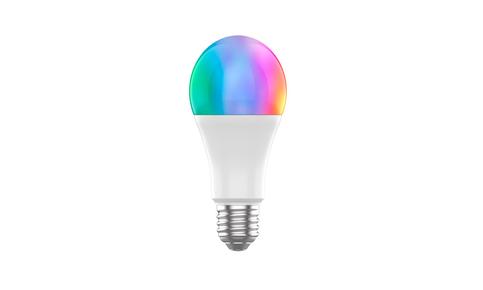
As an important branch of modern agriculture, the concept of plant factories is becoming hot. In indoor growing environments, plant lighting is an essential source of energy for photosynthesis. LED plant lights offer overwhelming advantages that traditional fill lights do not, and will surely become the main or fill light of choice for large commercial applications such as vertical farms and greenhouses.
Plants are one of the most complex forms of life on this planet. Growing plants is as simple as it is difficult and complex. In addition to plant lighting, many variables affect each other, and balancing them is an art that growers need to understand and master. But in the case of plant lighting, there are still many elements that need to be carefully considered.
In the design and selection process of LED plant grow lights, there are several misconceptions that need to be avoided mainly in the following areas.
As two plants photosynthesis two main absorption areas, LED plant light emitted spectrum should be red and blue light. But can not simply use the red and blue ratio for measurement, such as red and blue ratio of 4:1, 6:1, 9:1, etc...
Plant species are very different with different habits, and different growth stages also have different light focus needs. The spectrum required for plant growth should be a continuous spectrum with a certain distribution width, and it is obvious that using a light source made of two specific wavelength chips with a very narrow spectrum of red and blue is not suitable. In the experiments, it was found that the plants would be yellowish, the leaf stems were very light, the leaf stems were very thin and so on. There have been numerous studies abroad on the response of plants to different spectra, such as the role of the infrared part on photoperiod, the role of the yellow-green light part on shading effects, the role of the violet light part on pest and nutrient resistance, etc., etc.
In practical applications, seedlings are often burned or wilted, so the design of this parameter must be targeted according to the plant species, the environment and conditions of growth.
The light effect "seen" by plants is different from that of the human eye. The white light we commonly use is not a substitute for the sun's light, such as the three-color white light tubes widely used in Japan, etc. The use of these spectra has a certain effect on the growth of plants, but the effect is not as good as the light source made by LED.
For some years ago was commonly used to trichromatic-based fluorescent tubes, although the synthesis of white, but its red, green and blue spectrum are discrete, and the width of the spectrum is very narrow, the intensity of the continuous part of the spectrum is relatively weak, while the power is still large compared to LED, etc., 1.5 ~ 3 times the energy consumption. LED full spectrum designed specifically for plant lighting is optimized for the spectrum, although the visual effect is still white light, but contains the important part of light required for plant photosynthesis.
Photosynthesis flux density (PPFD) is an important parameter to measure the light intensity of plants. It can be expressed both in terms of light quanta and radiant energy. It refers to the effective radiation flux density of light in photosynthesis and represents the total number of light quanta incident on plant leaves and stems in the wavelength range of 400-700 nm per unit time and unit area. Its unit is μE-m-2-s-1 (μmol-m-2-s-1). And photosynthetically active radiation (PAR) is the total solar radiation in the wavelength range of 400 to 700 nm.
The light compensation satiation point of plants, also called light compensation point, means that the PPFD needs to be higher than this point for its photosynthesis to be greater than its respiration, and the plant's growth is greater than its consumption for the plant to grow. Different plants have different light compensation points, and it cannot be simply assumed that it is enough to reach a certain indicator, such as PPFD greater than 200 μmol-m-2-s-1. The light intensity responded by the illuminance meter used in the past is the brightness, but since the spectrum of plant growth changes depending on the height of its light source from the plant, the coverage of the light and whether the light can pass through the leaves, etc., it is used as an indicator of light intensity when studying photosynthesis. However, because the light spectrum of plant growth varies depending on the height of the light source from the plant, light coverage and whether the light can pass through the leaves, etc., it is not precise enough as an indicator of light intensity in the study of photosynthesis, and PAR is now mostly used.
Therefore, when installing LED grow light kits, the installation and setting can be based on this reference value, and a suitable installation height can be chosen to achieve the ideal PPFD value and uniformity on the leaf surface.
Light formulation is a new concept recently introduced, which contains three main factors: light quality, light quantity and duration. Simply understood, light quality is the most suitable spectrum for plant photosynthesis; light quantity is the appropriate PPFD value and uniformity; and duration is the cumulative value of irradiation, the diurnal time ratio. Dutch agriculturalists have found that plants judge diurnal turnover by the ratio of infrared to red light, and at sunset the infrared ratio increases dramatically and plants respond by going to sleep quickly. In the absence of this process, plants take several hours to complete the process.
In practical applications, experience needs to be gained through testing to select the best combination.







